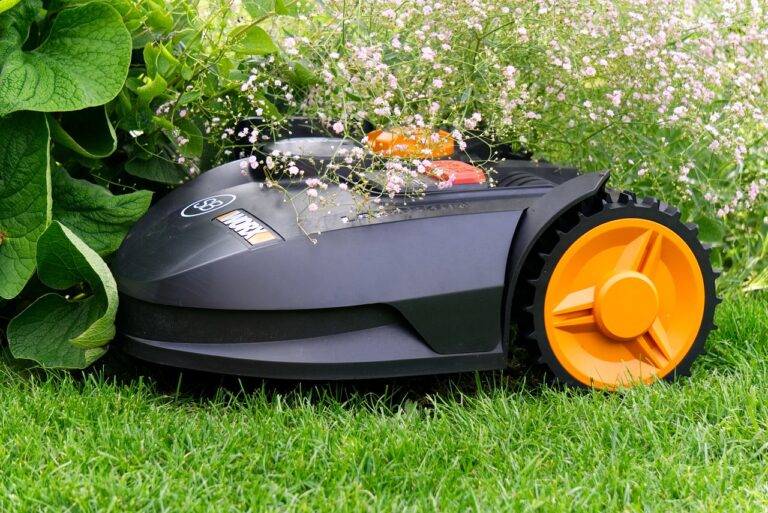Designing a Pet-Friendly Garden
Ensuring a safe and stimulating environment for your beloved pets is crucial for their overall well-being. Start by pet-proofing your home to eliminate any potential hazards that could harm them. This includes securing cabinets with cleaning supplies, keeping electrical cords out of reach, and removing any small objects that could be a choking hazard.
In addition to safety measures, providing mental and physical stimulation is essential for keeping your pets happy and healthy. Interactive toys, puzzle feeders, and regular playtime can help prevent boredom and promote mental engagement. Creating designated areas for scratching, climbing, and exploring can also enrich your pet’s environment and cater to their natural instincts.
Selecting Pet-Friendly Plants
When choosing plants for your home that are safe for your pets, it’s important to consider a few key factors. Look for plants that are non-toxic to pets if ingested, such as spider plants, African violets, and Boston ferns. Avoid plants like lilies, tulips, and azaleas, which can be harmful to your furry companions if consumed.
In addition to selecting pet-friendly plants based on toxicity, also consider the texture and height of the plants. Some pets may be attracted to plants with interesting textures or may be prone to chewing on leaves. Opt for sturdy plants that are less likely to be easily damaged by curious pets, and ensure that plants are placed out of reach to avoid any potential hazards.
Why is it important to select pet-friendly plants for your home?
It is important to select pet-friendly plants to ensure the safety and well-being of your pets. Some plants can be toxic to animals if ingested, leading to potential health issues.
What are some examples of pet-friendly plants that are safe for cats and dogs?
Some examples of pet-friendly plants safe for cats and dogs include spider plants, Boston ferns, bamboo palms, and African violets.
How can I identify if a plant is toxic to pets?
You can check online resources or consult with your veterinarian to determine if a specific plant is toxic to pets. It’s always best to err on the side of caution when selecting plants for your home.
Are there any common household plants that are toxic to pets?
Yes, there are several common household plants that are toxic to pets, such as lilies, aloe vera, jade plants, and philodendrons. It’s important to research any plant before bringing it into your home.
What are some ways to create a stimulating environment for pets using plants?
You can create a stimulating environment for pets by providing plants that offer different textures, scents, and tastes. Consider incorporating cat grass or catnip for cats, and herbs like mint or basil for dogs to enjoy.
How can I prevent my pets from damaging my plants?
To prevent pets from damaging your plants, consider placing them out of reach or using deterrents such as bitter sprays or citrus scents. Additionally, provide plenty of toys and activities to keep your pets entertained and less likely to chew on plants.





